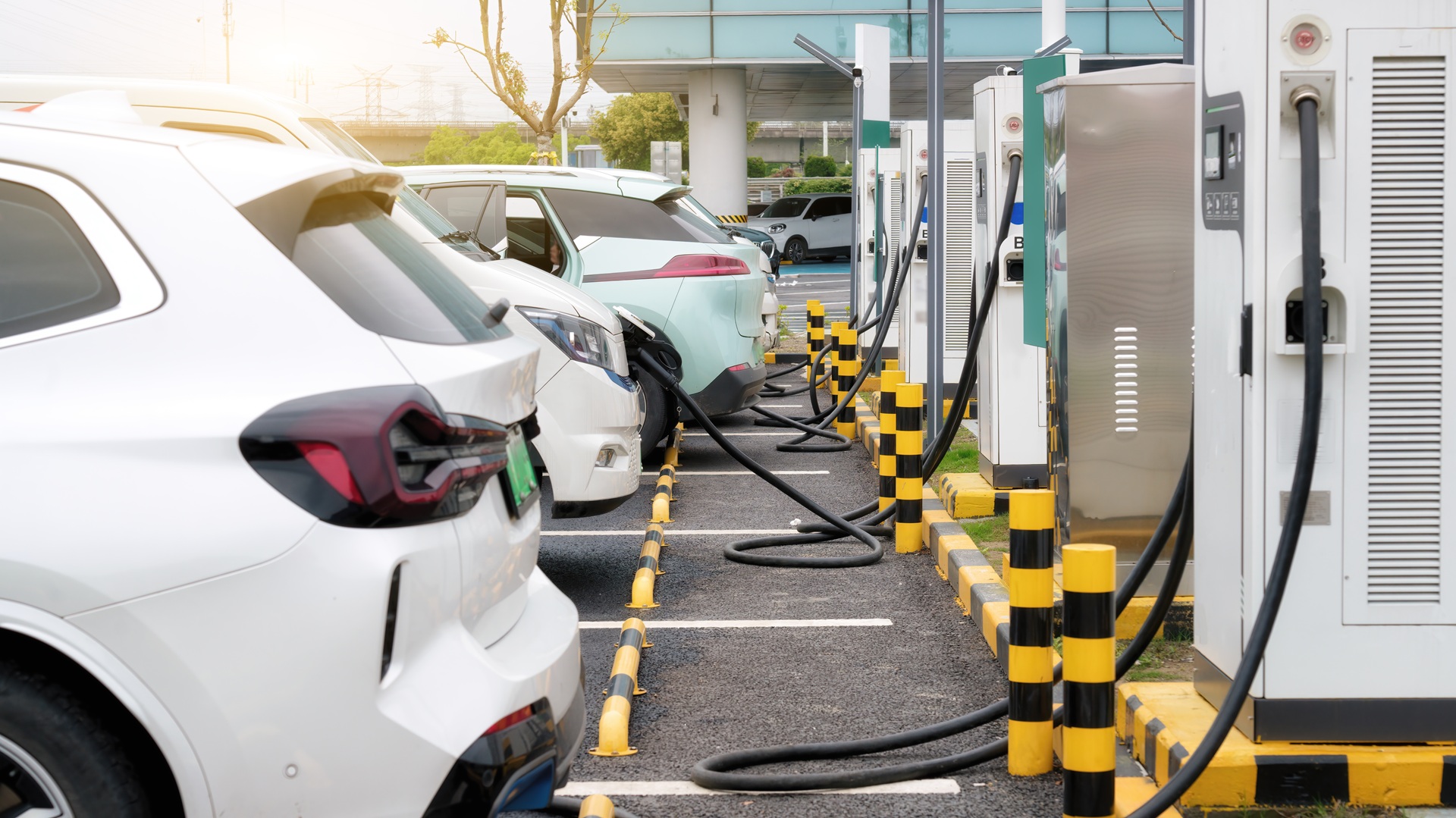Loud and Unseen: Electric Vehicle (EV) Charging Station Noise and Ways to Mitigate It
Addressing Noise Issues at Electric Vehicle Charging Stations
As electric vehicles (EVs) gain popularity, charging stations are becoming essential infrastructure. While these facilities play a critical role in the transition to greener transportation, a less-discussed issue has started to emerge: noise at charging stations. Unlike the stereotypical silent EV experience, some charging stations produce surprising levels of noise, raising concerns among users and nearby communities.
Sources of Noise at EV Charging Stations
- Cooling Systems Many high-power DC fast chargers require cooling systems to prevent overheating of electronic components. These systems often use fans or liquid cooling mechanisms, which can generate noticeable noise, especially during peak operation.
- Transformers and Power Equipment The electrical infrastructure supporting EV charging stations, such as transformers and inverters, can emit a low-frequency hum or buzzing sound. This is particularly evident in high-capacity stations designed to charge multiple vehicles simultaneously.
- Vehicle-Specific Noise Some EVs produce sounds while charging due to their internal cooling systems or battery management operations. For instance, the cooling fans of a vehicle's battery pack might activate, adding to the overall noise level.
- Ambient and Human Activity Charging stations often double as rest stops or retail hubs. The combination of conversations, vehicle movement, and other human activities contributes to the ambient noise environment.
Impact of Noise Pollution
- User Experience: Noise at charging stations can detract from the user experience, making what should be a calm and eco-friendly activity feel intrusive or unpleasant.
- Community Concerns: For charging stations located near residential areas, excessive noise can disturb local residents, leading to complaints and resistance to new station installations.
- Health and Well-Being: Prolonged exposure to noise pollution has been linked to stress, sleep disturbances, and other health issues, emphasizing the need for quieter solutions.

Mitigating Noise at EV Charging Stations
- Innovative Cooling Solutions Charging equipment manufacturers can design quieter cooling systems by optimizing fan speeds, using sound-damping materials such as GPDS, (reduces mid-range and low frequency noise), or adopting advanced liquid cooling technologies.
- Soundproof Enclosures Housing noisy components in soundproof enclosures can significantly reduce the noise that escapes into the environment. These enclosures can be designed to for optimal noise reduction by including absorptive and damping materials. In fact, through the revolutionary Soundcoat 360 Solution™, we can work with the housing design team to predict and model the noise output and optimize sound before the enclosure designs go into production.
An ideal absorptive material is Soundfoam ML HY G+, a melamine based acoustic quality foam, which absorbs noise and heat and is treated to be hydrophobic (water repelling).
- Strategic Placement Positioning charging stations away from residential areas or using natural barriers such as trees and shrubs can help buffer sound. Acoustic fencing is another effective option.
- Noise Regulations and Standards Governments and municipalities can establish noise limits for charging stations, encouraging the adoption of quieter technologies and practices.
- Community Engagement Proactively engaging with local communities during the planning stages of charging station installation can help address concerns and find mutually acceptable solutions.
Future Outlook
As EV adoption continues to grow, proactively addressing noise pollution at charging stations is essential to ensure these facilities integrate harmoniously into urban and rural landscapes. By prioritizing innovative technologies, thoughtful planning, and community engagement, we can make EV charging a quieter and more enjoyable experience for everyone.
While the journey toward a fully electrified transportation network is full of challenges, tackling noise issues early ensures the infrastructure not only supports sustainability but also enhances quality of life.
